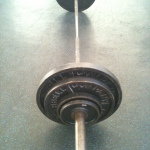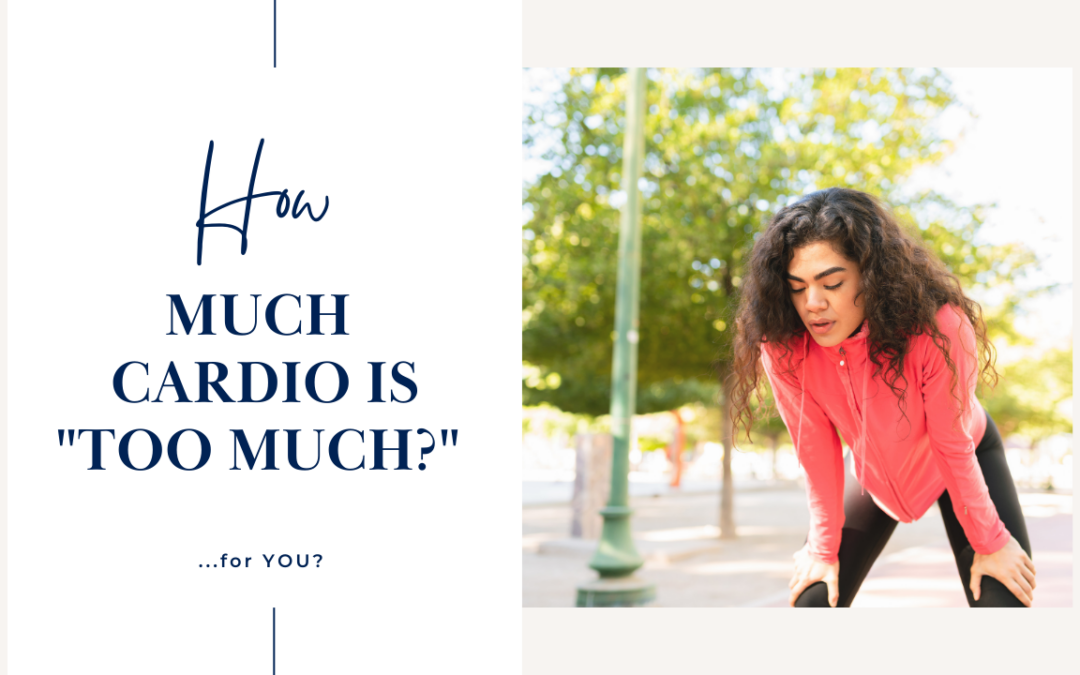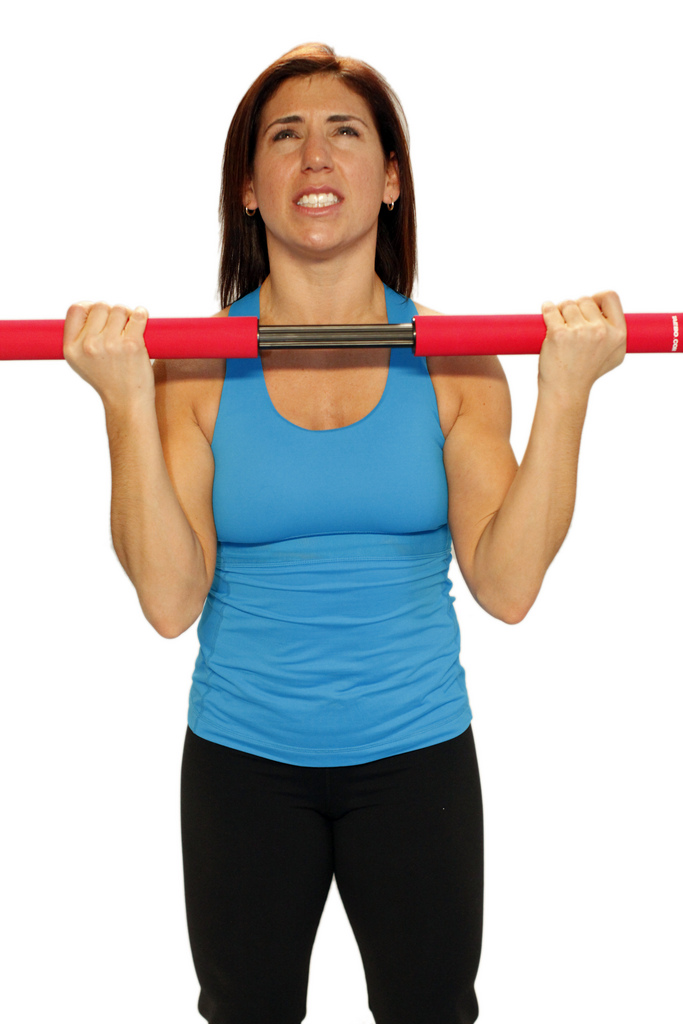HOW MUCH CARDIO IS TOO MUCH?
Contrary to my personal anti-treadmill stance, cardio can absolutely play a role in fat loss. But just like everything else in life, there is such a thing as too much of a good thing.
Although our motto here at EM2WL is “cardio for fun, weights to transform,” we DO recognize the value that cardio can add to a goal-specific workout plan (and that fact that some of you REALLY actually…umm…love it). So it’s understandable that cardio lovers in the Fam, striving to heal their metabolisms and finally lose fat tend to panic a bit when they hear anything about doing “too much” cardio!
When it comes to cardio, it seems that people either love it or hate it. Whether you’re a group instructor, runner, or despise cardio, your workouts should work for you, not against you. In order for this to happen, you must understand the purpose behind each type of workout, how it pertains to your goals, and apply it accordingly.
Cardio is endurance exercise. The more you do, the better your body adapts, and builds up the ability to be able to withstand the same circumstances next time.
This adaptation is great if the goal is to cover a certain distance in increasingly quicker amounts of time (think: training for a marathon), or simply last longer in Zumba class. As far as general heart-health is concerned, this is usually the goal.
Your new level of efficiency is usually noticeable during workouts when you’re suddenly able to do more cardio than you initially were physically capable of doing just weeks/months before. For example: you may have originally broken a sweat doing ten minutes of cardio before, but now you have to do fifteen minutes to get to the same level.
If you were formally breathless chasing the kids, or climbing a flight of stairs – this type of adaptation is an amazing/healthy feeling. However, when the goal is fat loss, this adaptation means you now have to do more work to achieve the same results you initially were achieving with your cardio-only workouts.
Adaptation = doing the same work for lesser results.
When it comes to adaptation, strength training is no exception. If you lift the same weight day in and out, your body eventually adapts and that weight just won’t cut it. You’ll have to introduce new stimuli to keep getting results, or risk hitting the infamous plateau.
But there’s good news when it comes to weight lifting adaptation: all you have to do to bust past that plateau is to lift heavier weights! The duration of your weight lifting sessions will never have to change (like your cardio has to) so long as you’re increasing your weights. This allows you to still be efficient without putting in extra time. Weight lifting gives you the most bang for your buck.
In other words: endurance exercise improves your endurance, but doesn’t necessarily contribute to fat loss beyond the initial newbie phase.
Lifting improves your strength, endurance, lean body mass (muscle!) and assists in fat loss.
So how do you know that you’ve entered the “adaptation zone?”
In addition to monitoring your performance during the workout, you can turn to your heart rate monitor (HRM) for clues. Using a HRM – or other wearable fitness device that monitors HR (like Fitbit) will allow you to see when your body gets to a point where it becomes more efficient at cardio.
As endurance improves, your HRM will subsequently show that your calorie burn is lessening for common cardio activities. When you notice that you’re burning less cals boing the same amount of work, your body has adapted. At that point you must either increase time, or change up your workout style to continue getting results.
If, for instance, you’re training for a race or are focused on increasing endurance, remember increased efficiency is in fact a good thing. When that calorie adaptation occurs, you’ve just shortened your race time. Increasing the time of the workout is actually the goal in that case. On the flip side, when it comes to fat loss, inefficiency is key.
Doing the same workouts, but burning less cals, would mean that over time you’d be eating too much (even on a diet) – and eventually start GAINING weight.
That is what we’re trying to prevent when we provide warnings about “too much cardio” during your reset or early stages of fat loss. It’s not about removing something that you love, but rather understanding the roles that workout style plays in your fat loss journey.
There is no magic, universal number for how much cardio is too much. By using the tips above, your best answer is to listen to your body and evaluate often to see where your efficiency levels are at and if they’re conducive to the physique goals you’re trying to achieve.

Should you just do cardio to lose weight? How heavy is heavy lifting? Do "strength" DVDs count? What if you don't want to lift? Sign up now for in-depth info on strength training and fat loss. You'll also receive special vids and free workout plans to help you get the most from your time in the gym.
No worries, we hate spam too!
Discover more from Eat More 2 Weigh Less
Subscribe to get the latest posts sent to your email.





Recent Comments